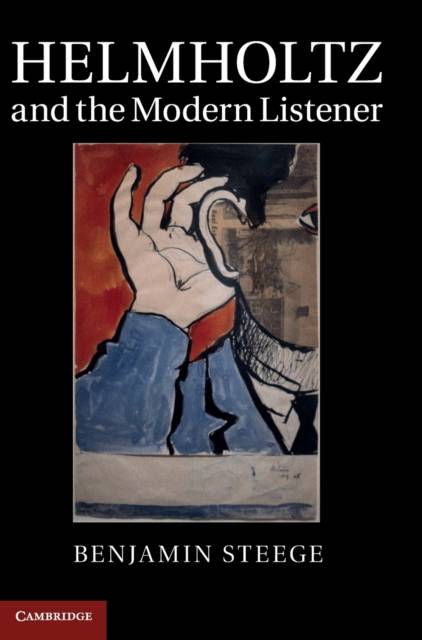
- Afhalen na 1 uur in een winkel met voorraad
- Gratis thuislevering in België vanaf € 30
- Ruim aanbod met 7 miljoen producten
- Afhalen na 1 uur in een winkel met voorraad
- Gratis thuislevering in België vanaf € 30
- Ruim aanbod met 7 miljoen producten
Zoeken
€ 172,95
+ 345 punten
Uitvoering
Omschrijving
The musical writings of scientist Hermann von Helmholtz (1821-1894) have long been considered epoch-making in the histories of both science and aesthetics. Widely regarded as having promised an authoritative scientific foundation for harmonic practice, Helmholtz can also be read as posing a series of persistent challenges to our understanding of the musical listener. Helmholtz was at the forefront of sweeping changes in discourse about human perception. His interrogation of the physiology of hearing threw notions of the self-possessed listener into doubt and conjured a sense of vulnerability to mechanistic forces and fragmentary experience. Yet this new image of the listener was simultaneously caught up in wider projects of discipline, education, and liberal reform. Reading Helmholtz in conjunction with a range of his intellectual sources and heirs, from Goethe to Weber to George Bernard Shaw, Steege explores the significance of Helmholtz's listener as an emblem of a broader cultural modernity.
Specificaties
Betrokkenen
- Auteur(s):
- Uitgeverij:
Inhoud
- Aantal bladzijden:
- 296
- Taal:
- Engels
Eigenschappen
- Productcode (EAN):
- 9781107015173
- Verschijningsdatum:
- 27/08/2012
- Uitvoering:
- Hardcover
- Formaat:
- Genaaid
- Afmetingen:
- 178 mm x 249 mm
- Gewicht:
- 748 g

Alleen bij Standaard Boekhandel
+ 345 punten op je klantenkaart van Standaard Boekhandel
Beoordelingen
We publiceren alleen reviews die voldoen aan de voorwaarden voor reviews. Bekijk onze voorwaarden voor reviews.











